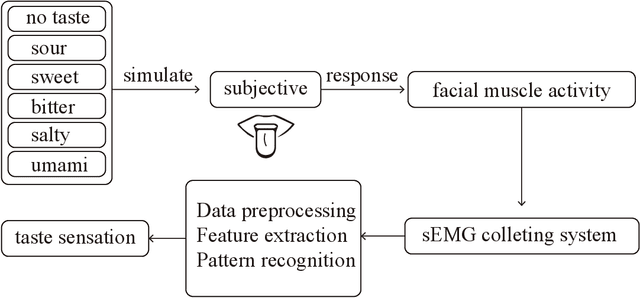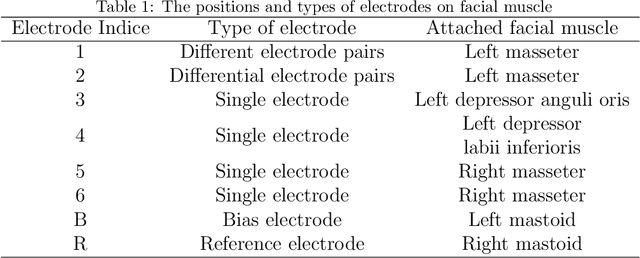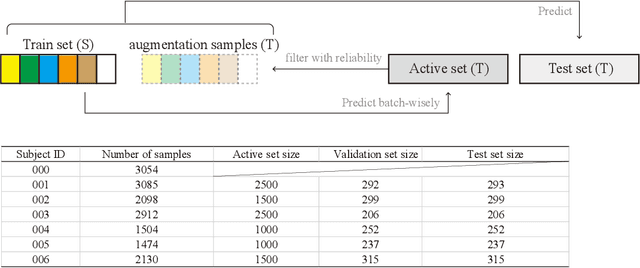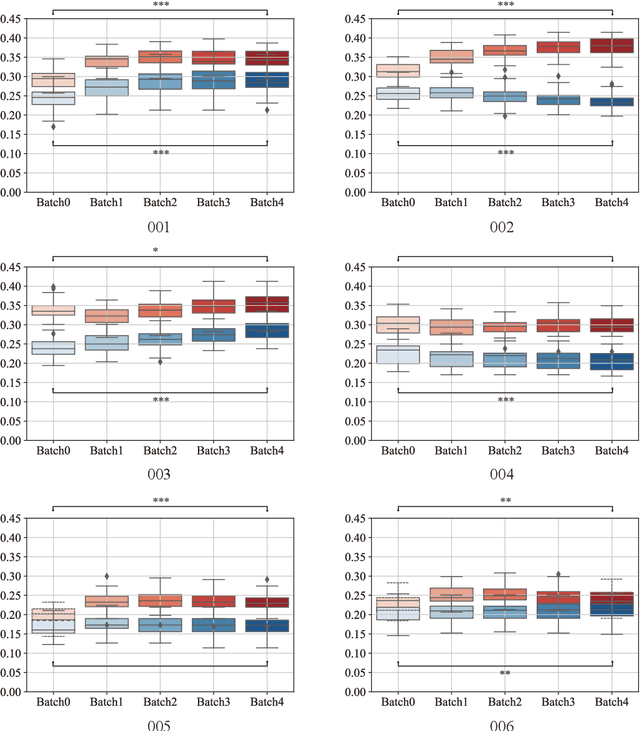Unsupervised cross-user adaptation in taste sensationrecognition based on surface electromyography withconformal prediction and domain regularizedcomponent analysis
Paper and Code
Oct 20, 2021



Human taste sensation can be qualitatively described with surface electromyography. However, the pattern recognition models trained on one subject (the source domain) do not generalize well on other subjects (the target domain). To improve the generalizability and transferability of taste sensation models developed with sEMG data, two methods were innovatively applied in this study: domain regularized component analysis (DRCA) and conformal prediction with shrunken centroids (CPSC). The effectiveness of these two methods was investigated independently in an unlabeled data augmentation process with the unlabeled data from the target domain, and the same cross-user adaptation pipeline were conducted on six subjects. The results show that DRCA improved the classification accuracy on six subjects (p < 0.05), compared with the baseline models trained only with the source domain data;, while CPSC did not guarantee the accuracy improvement. Furthermore, the combination of DRCA and CPSC presented statistically significant improvement (p < 0.05) in classification accuracy on six subjects. The proposed strategy combining DRCA and CPSC showed its effectiveness in addressing the cross-user data distribution drift in sEMG-based taste sensation recognition application. It also shows the potential in more cross-user adaptation applications.
 Add to Chrome
Add to Chrome Add to Firefox
Add to Firefox Add to Edge
Add to Edge